The recent report to Government before COP26 from the Climate Change Committee highlights the problem of overheating in new homes as one of 8 crucial measures.
The conclusion is that we need to adopt passive measures, specifically shading with external blinds and shutters, to prevent heat gain from reaching the windows.
Failure do so now, will, if left for a further five years, lock-in an expensive retro-fit for as many as 1.5m new homes and renovations. That will be a cost of as much as 4 times the amount to the consumer compared to including in the original build. That is also likely to be the outcome of the latest revision of the Building Regs. which will be that passive measures must be considered before mechanical cooling. Or we make our windows smaller which is not the passive house concept.
The report refers to a study, by London South Bank University and BBSA, of an apartment building in Camden London which looked at methods for reducing overheating and found that when no shading was present operative temperatures in September reached highs of 47.5°C. Shading with Hallmark Trojan external venetian blinds reduced that by up to 18°.
As from a previous CCC report 'Shading – shutters or awnings – is not costly or difficult to install, it is just that we are not doing it'.
Typically, we are still not doing it, and yet it is a proven, passive, common sense solution.
A leading architects practice for a development in East London has recently announced that to meet the proposed Part L changes the windows in their Passive House design will have to be smaller.
WRONG. The proposal requires an assessment of passive measures before considering cooling or reducing window size. That is external blinds that are a passive measure that can save throughout their lifecycle up to 60 times the energy used to create them with minimal operating costs.
Except that many of the leading modelling tools do not correctly calculate dynamic shading and their effect on overheating. That is the main reason why over 20% of new buildings overheat, not because their designers wish to cook the occupants. In our London case study the operative temperatures in the modelling predicted 28° as a maximum, even in September the temperature was 47° in the unshaded room, the room with a blind was 29°
Modelling in Energy Plus or EQUA is not 'black box' and calculates to ISO standards so check your modelling in the free to use EQUA Early Stage Building Optimisation programme for a realistic comparison of outcomes.
Then you will realise that stopping over 90% of the heat gain before it gets to the glass just makes sense. External blinds are the facilitator of larger areas of glass which the Passive House concept needs to maximise on free energy from the sun in the heating season whilst maintain a comfortable temperature in the cooling season. Less glass is not the answer.
Look for Trojan and Hemera external blinds and links to ESBO at www.hallmarkblinds .co.uk
Construction News
14/09/2021
Lower Your Co2 Footprint With Sustainable Shading


07/04/2025
GRAHAM has secured a partnership contract with Solihull Council for the delivery of hard facilities management (FM) services under the established Property Services and Maintenance Partnership.
The new agreement, awarded after a competitive procurement process, extends a relationship with Solihull

07/04/2025
Fleete has started construction on what is believed to be the largest dedicated commercial vehicle electric charging hub in the UK.
The shared facility, located in the Port of Tilbury, is on track for completion in December 2025.
The project marks the first works funded by the UK Government under
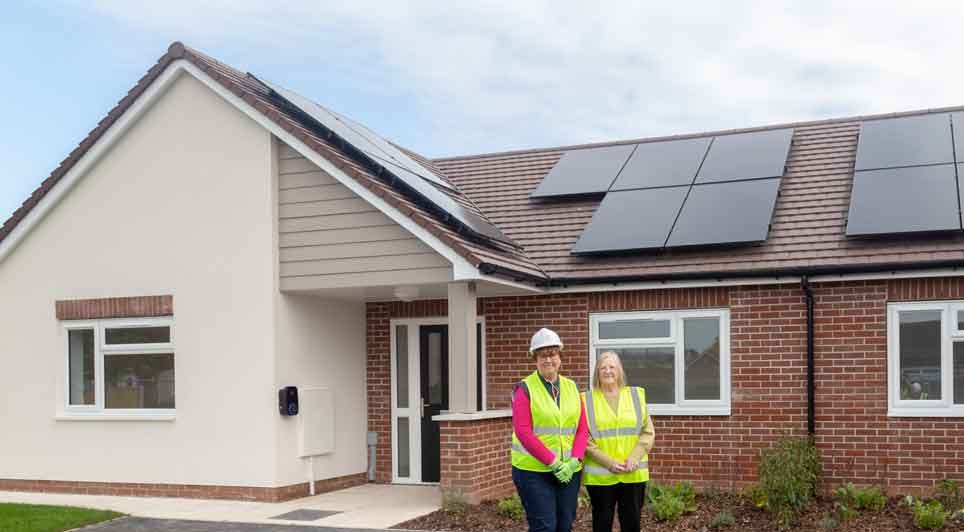
07/04/2025
Tenants are now settling into newly built, energy-efficient council homes in Middlecroft, as Chesterfield Borough Council completes the latest phase of its housing development programme.
Two three-bedroom houses on Ringwood Avenue have been handed over to their new occupants, while work has also fi
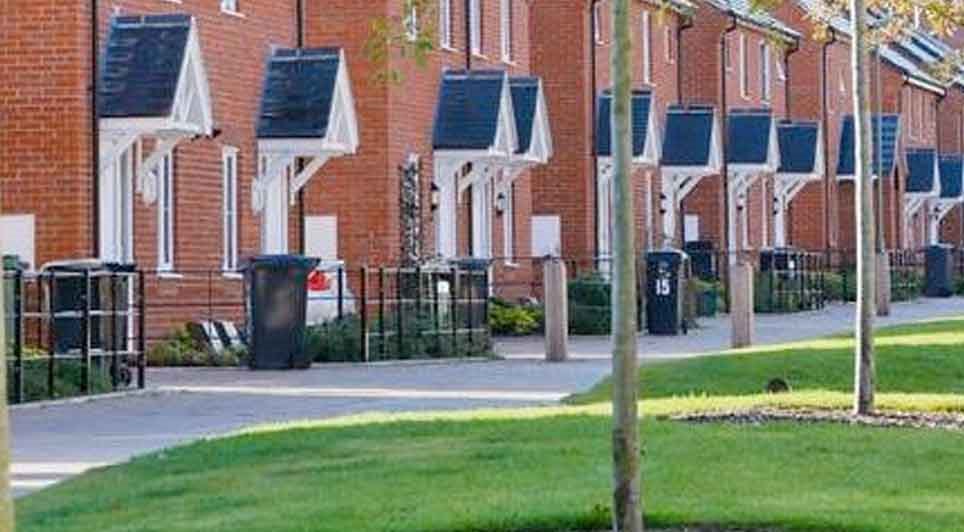
07/04/2025
A new health centre in Didcot has reached a significant milestone after receiving planning approval from the Vale of White Horse District Council.
The centre, located in Great Western Park, is set to enhance primary health care delivery in the area, which is managed by the Buckinghamshire, Oxfords
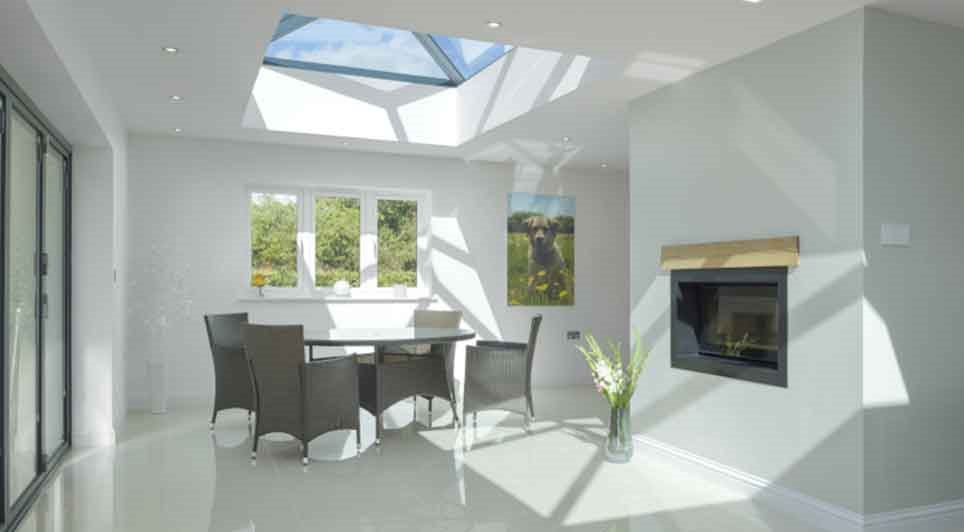
07/04/2025
Roof lanterns are one of the star players in the world of skylights, bringing a touch of glamour and luxury to a growing number of homes across the UK.
If you have one at the top of your wish list, we're here to help with expert advice, top brand rooflights and a roof lantern buyer's guide to ligh
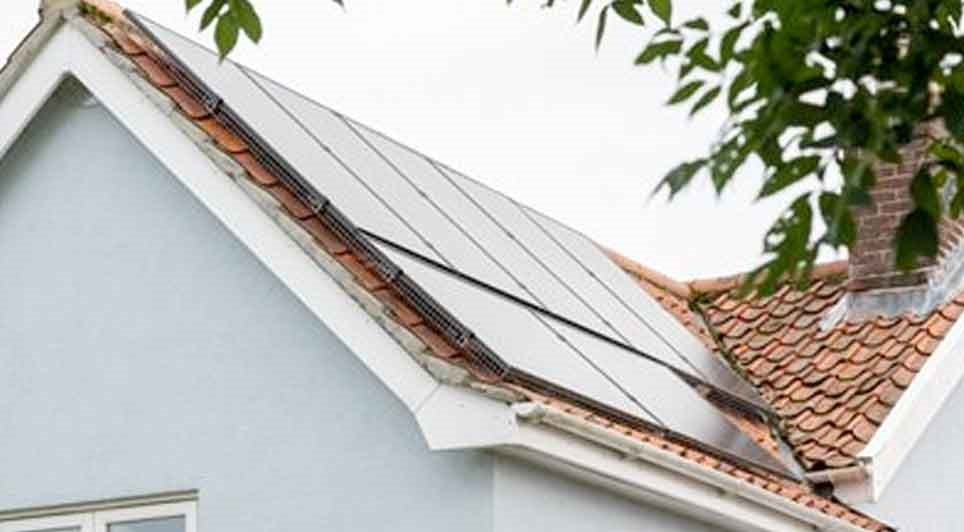
07/04/2025
The Vale of Glamorgan Council is launching a new renewable energy initiative designed to help residents invest in solar panels and battery storage through a group-buying scheme.
The scheme, known as Solar Together, marks the first opportunity for South East Wales homeowners to benefit from a model

07/04/2025
Persimmon welcomed Wales' Cabinet Secretary for Housing, Jayne Bryant MS, to its Construction Academy in Llanilid this week.
The visit, which included a tour of the facility and a nearby Morgans Walk site, was led by Persimmon's chairman in Wales, Stephen Cleveley, along with managing directors St

07/04/2025
HLM Architects has successfully completed its leadership transition, marking the next phase in its evolution as an Employee Ownership Trust (EOT).
A carefully structured leadership shift will strengthen HLM’s position as an innovative, people-focused practice, ensuring long-term stability and futu
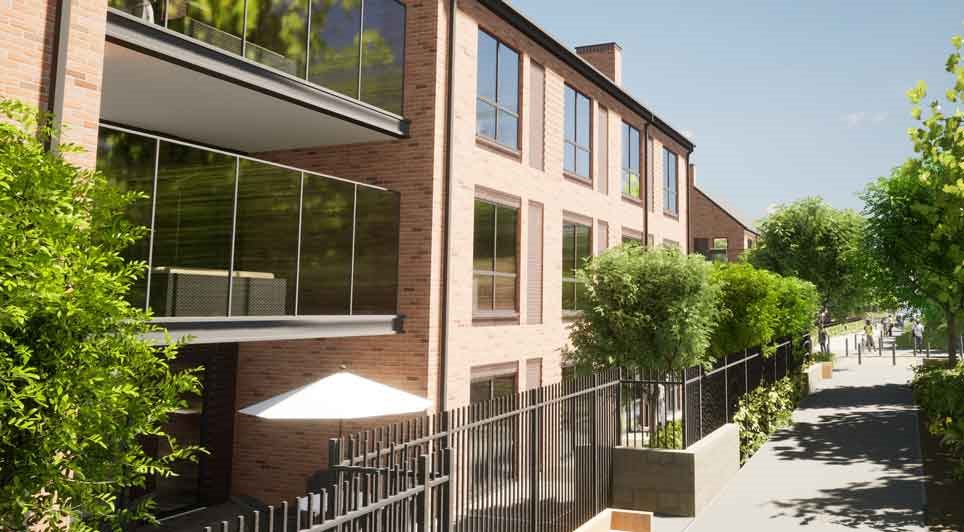
04/04/2025
A major new multi-generational housing scheme is set to take shape in Congleton after the McGoff Group secured unanimous planning approval for its proposed development on Morley Drive, the former site of John Morley Limited.
Approved at a recent planning committee meeting, the joint application fro

04/04/2025
GMI Construction Group has broken ground on a new £17 million purpose-built student accommodation (PBSA) development on Foss Islands Road, marking its third major student housing project in York.
The five-storey scheme, developed in partnership by Urbium Capital and Harrogate-based Gregory Properti
 UK
UK Ireland
Ireland Scotland
Scotland London
London











